Area and perimeter can be tricky skills to teach kids because they often confuse one for the other in 3rd-grade.
Here are 5 ways to help kids understand area and perimeter.
Definitions using Examples:
Before teaching area and perimeter, you want to help kids understand their definitions with examples.
For perimeter, I tell the kids that one example of the perimeter of a figure is when you walk around the classroom.
I physically show them by walking around the perimeter of the classroom. Then I let them do it.
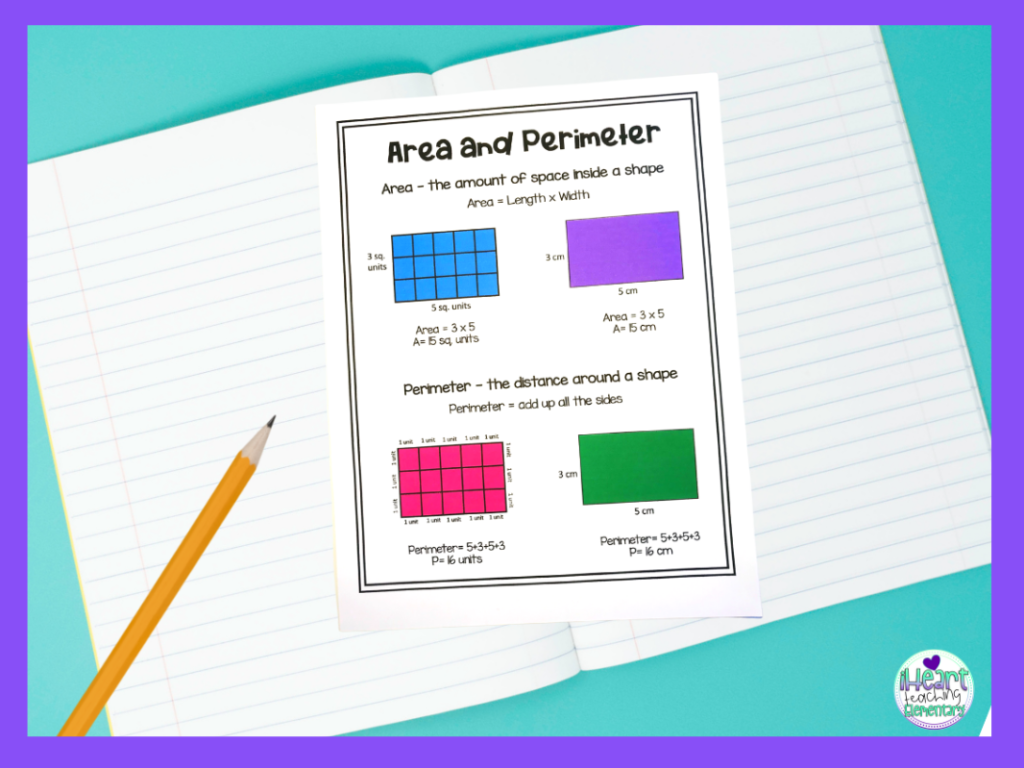
I also include hand gestures for both area and perimeter. So for perimeter, we make an imaginary square in the air with our pointer fingers.
To help explain area, I tell the kids that the area is measured in square feet. If we were to cover the area of the classroom floor in square tiles, we’d count all the tiles to figure out the total area.
I should mention that area and perimeter should not be taught at the same time. That might be confusing for the kids. I like to spend about a week on perimeter first and then a week on area before combining both.
Create a Printable or Digital anchor Chart
An anchor chart is always helpful when teaching area and perimeter because kids need to reference it a lot. And we create it right in our notebooks. But sometimes I will type up the anchor chart so kids can have a neat copy.
I actually like to combine the anchor chart with the definition and hand gestures lesson.
When I teach the definition and we practice the hand gesture for perimeter, we record the word, a definition, and the hand gesture using a picture.
We do the same for area when we get to those lessons.
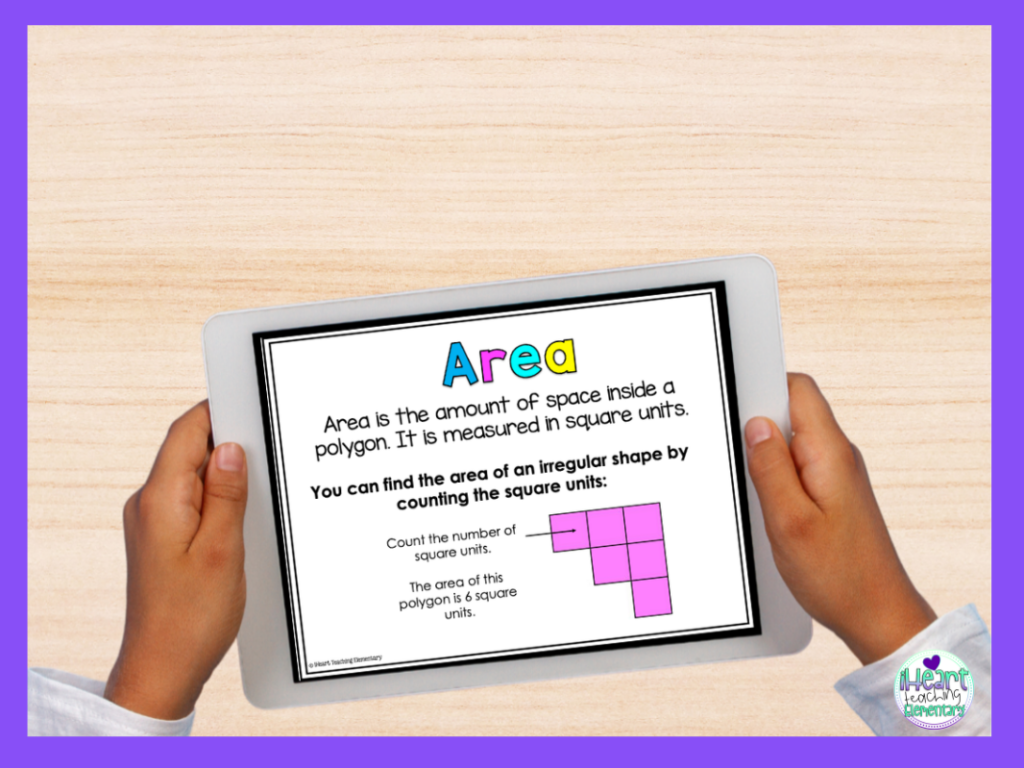
You can also try digital anchor charts. I created interactive anchor charts to help absent students acquire the lesson they missed.
But they can be used with a whole group of kids as well. Kids can interact with the anchor chart as they learn or review the skill.
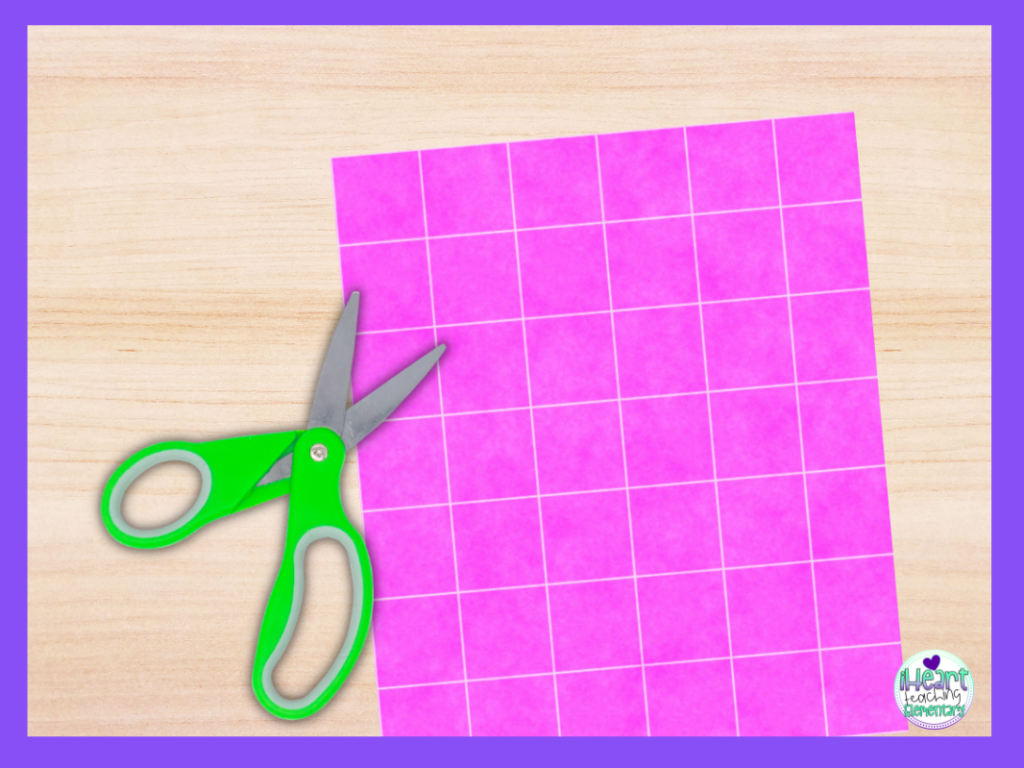
Use manipulatives to teach units and unit squares
When teaching area and perimeter as units and unit squares, an effective strategy is to have kids use manipulatives. You can use anything from paper squares to Cheez-its.
To save time, I have my 3rd graders cut out a bunch of squares at the beginning of the unit. They keep this in a baggie for the entire unit.
We use premade squares and rectangles to find the area using manipulatives. Then they use those same squares to count the perimeter around the figures.
You can use manipulatives when teaching the area and perimeter formulas too. To find the area they’ll multiply one length of squares by one width of squares.
And for perimeter, they can use a ruler to measure the length of each side.
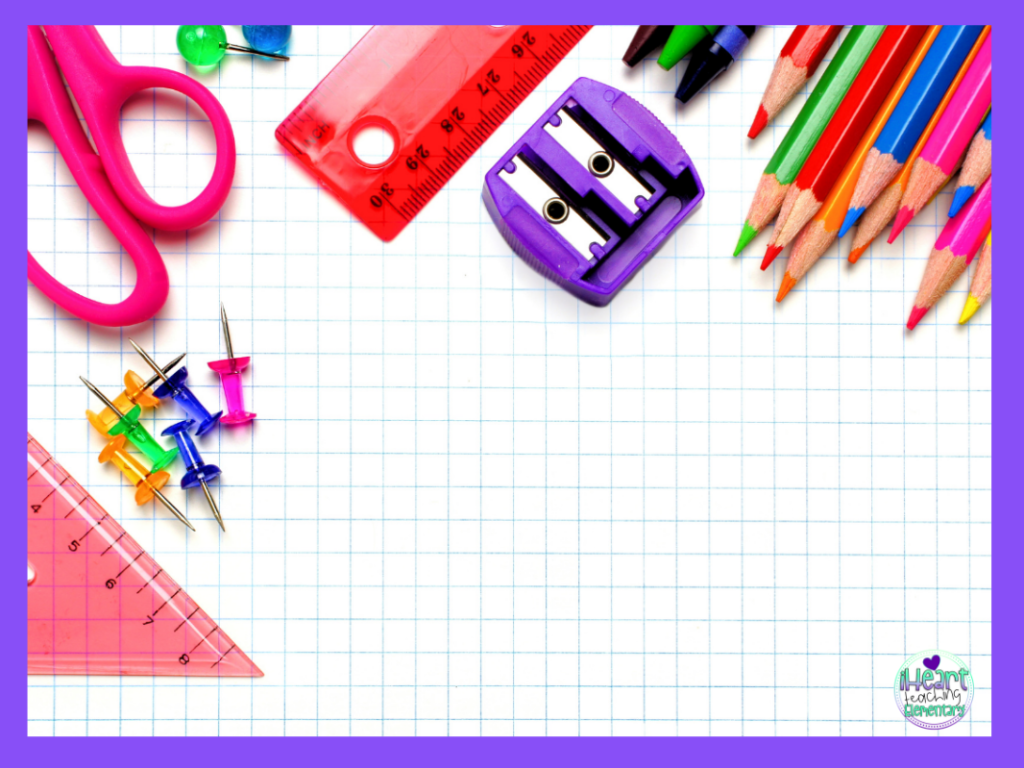
Use graph paper and create fun things like a zoo or museum.
Graph paper is really helpful when teaching units and unit squares.
Start out simple by asking kids to draw a rectangle or a circle with a certain amount of squares inside.
You can then expand on this by having them create a zoo or museum of animals. Each exhibition is a square or rectangle that has to be the dimensions assigned.
They can label each figure with whichever animal or object is being exhibited. They also label the area and perimeter as part of the assignment.
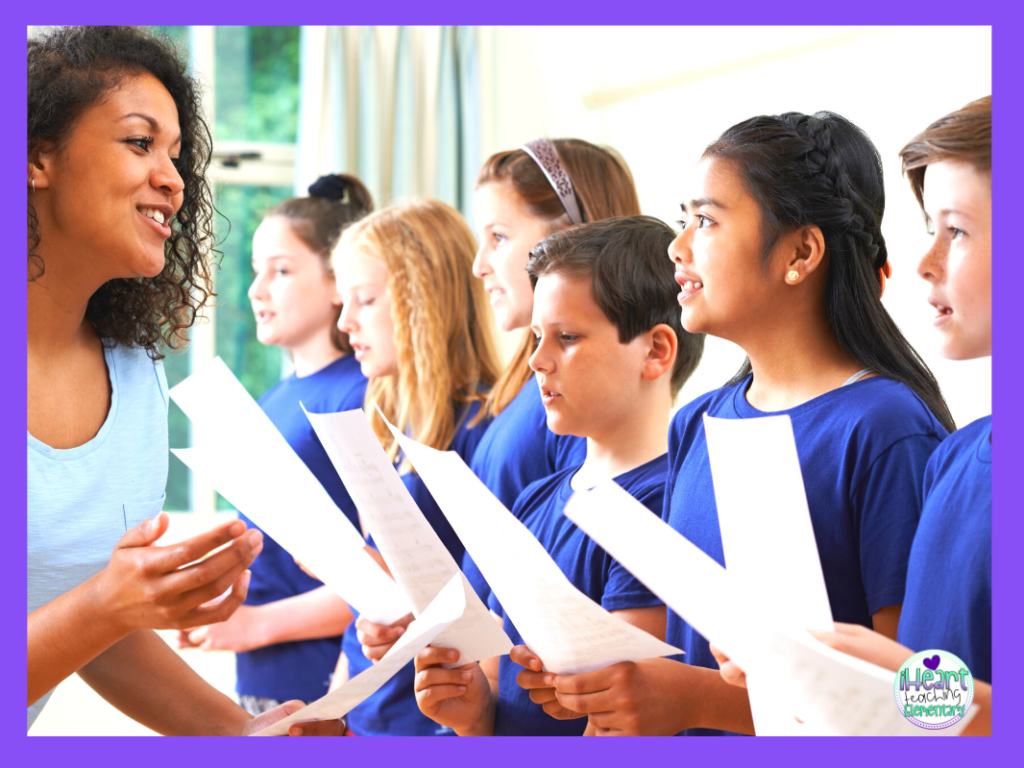
Use Exaggerated Speech or Singing
Use exaggerated speech or singing when teaching the definitions and formulas.
For example, when I teach perimeter I sing the definition and when I teach area I use exaggerated speech. The kids get a kick out of it and it helps them remember it when they need to say it to themselves.
Each time you review it, use that same tone. Make it fun!
Did you find any ideas you’d like to try when helping kids understand area and perimeter?

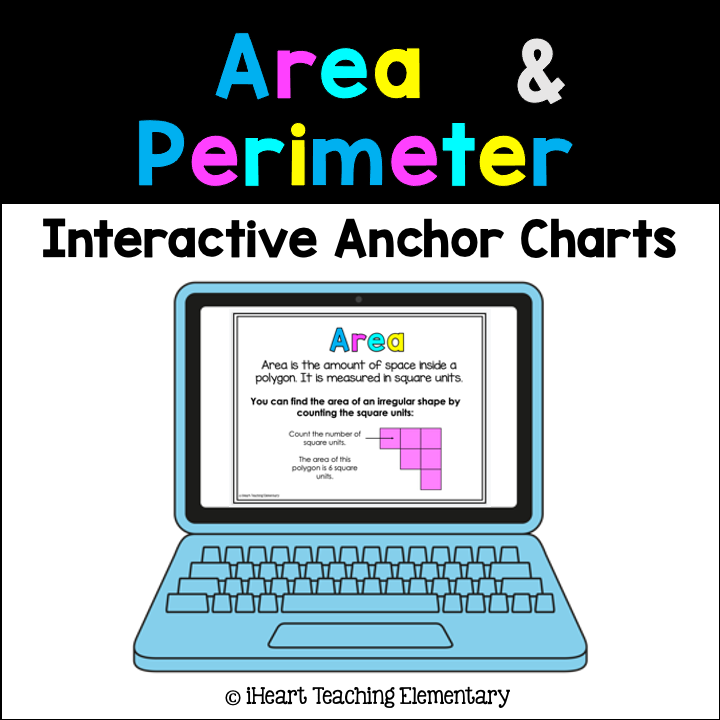
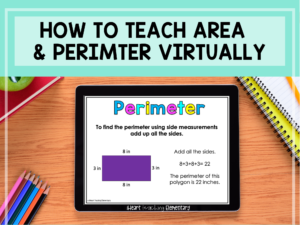


I taught 3rd grade for 6 years and have now taught 4th grade for 12 years. This confusion has been happening my entire career and I’ll tell you why. Area and perimeter need to be taught separately. Perimeter needs to be taught with addition standards. Area needs to be taught with multiplication standards. In 4th grade we have separated them so when I’m reviewing arrays with multiplication we are using square tiles because those are square units which is what area is measured in. Then when we get to larger multiplication such as 34 x 6, 274 x 8, 7652 x 4, and 78 x 93 we use open area models with partial products and discuss how we are finding the area of each part. I think if area and perimeter were taught separately in 3rd grade with manipulatives then students would be less likely to confuse the operations and it would make more sense in 4th grade when we get to those large area models.
Hi Grace! I just now say your comment so apologies for the delayed response. I agree about multiplication and area and we definitely cover that in 3rd-grade. I also teach it separately and the kids still end up confusing both of them. Truth is no matter how many strategies we use for area and perimeter, I don’t think 3rd-graders are developmentally ready for both. We used to only teach area and that was a lot more successful until they changed it and added perimeter.